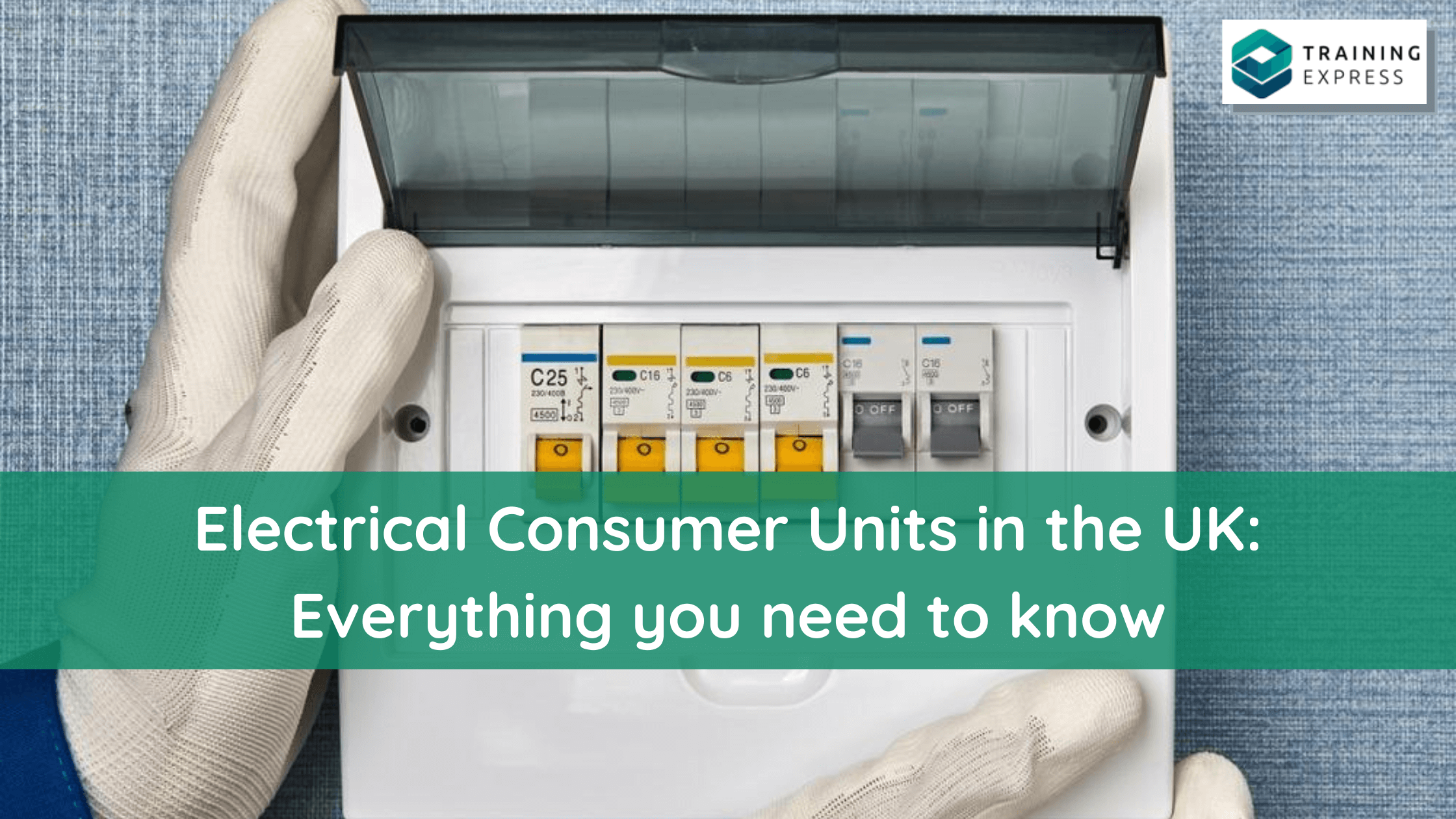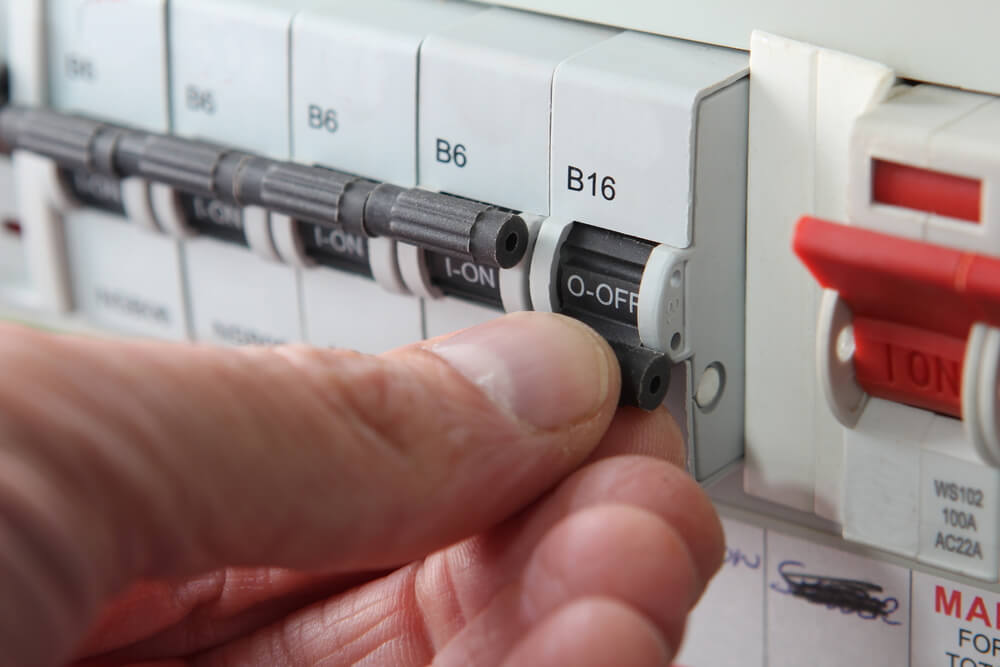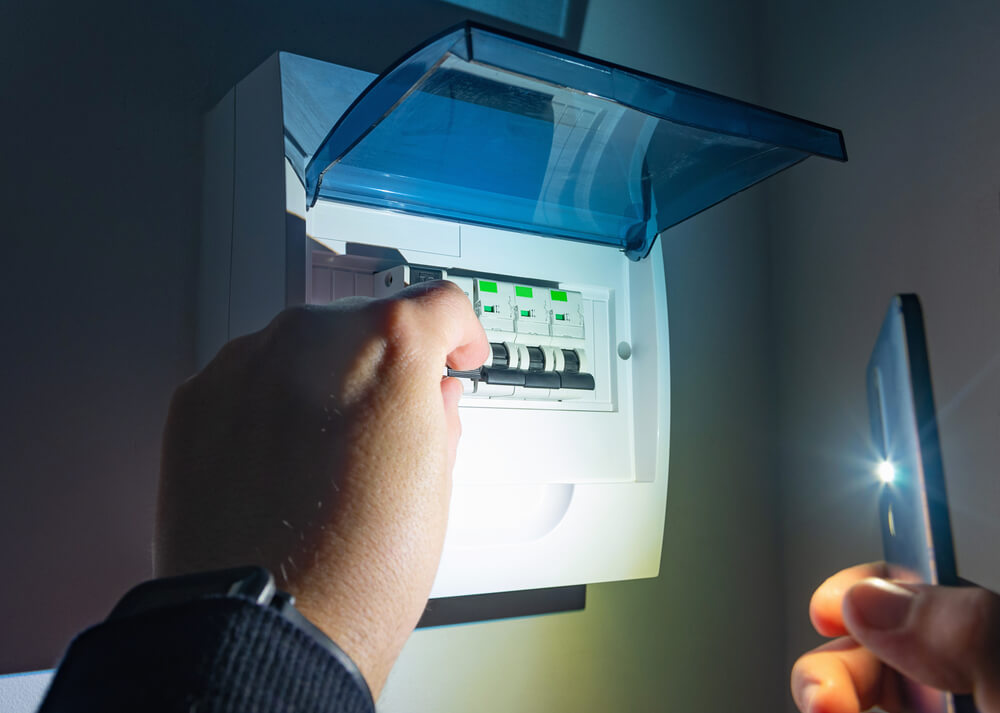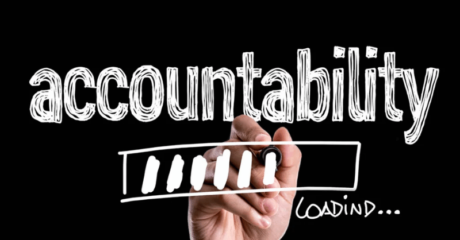

Ever wondered at the fancy switchboard underneath the stairs or in the garage of your house? Do you know what purposes it serves? Well, I am talking about electrical consumer units which have the old-fashioned common name “the fuse-box”. Most of the people aren’t familiarized with the actual name, though they can recognize an electrical consumer unit at first sight. And, only a few people can work with this, apart from electricians.
In simple words, an electrical consumer unit is the main controller and distributor of electricity supply in your property, which can be either a house, an office space, or a factory. You can find the consumer unit in the point where the electrical wire enters your property from the mainline. Since it’s an essential part of the electric supply in your house, you should have a sound understanding of it to avoid an accident or electrical hazards in your property.
In this article, you’ll have a complete understanding of consumer units and know about how they work. So, let’s dig deeper.
What is An Electrical Consumer Unit?
In one sentence, a consumer unit is a device that controls and distributes the electrical supply throughout your property.
According to the Institution of Engineering and Technology (IET), the electrical consumer unit is one type of distribution board that controls and distributes the electrical energy, usually in a domestic location.
You can call it the checkpoint of electricity, as the electrical supply passes through it to your property from the mainline. The main purpose of a consumer unit is to protect your property from an electrical hazard. Consumer units comprise different components. Of them, the major three components are the main switch, residual current devices (RCD), and circuit breakers.
Each of them has different purposes and togetherly they control the electric current and safeguard your property against any hazard, such as fire, short circuit, accident, etc. The main switch is the main connection between your property and the mainline. In contrast, RCDs and circuit breakers mainly serve the safety purpose as they can be automatically turned off if any abnormality happens in the power supply. Now let’s explore the different components of electrical consumer units in detail.
Main Switch
You must be familiar with the term” main switch”. Most of the people think it to be the consumer unit. However, the main switch is only a part of the whole consumer unit, and it’s the key component. From the name, you can surely assume that it’s kind of a central switch that controls the entire power supply within a single property. If you turn the main switch on, the power will be on. And, if you turn it off, the power will be disconnected.
While the other components, RCDs and circuit breakers can be turned off automatically, you have to turn off or on the main switch manually. Though you need not turn the switch off frequently, there are some cases when you have to do it. You have to turn the main switch off when you’re going to conduct repair work in the power supply. It will disconnect the power supply and ensure your safety during the repairing work.
Residual Current Devices (RCD)
Residual Current Devices (RCDs) are the safety switches inside a consumer unit that constantly monitor the power supply. The entire power supply of a building or a factory is split into several circuits. Different electrical appliances are connected to these circuits and the electric current passes through these circuits to run these appliances. You’ll find RCDs in the circuits monitoring and controlling the power within them.
Each RCD has a power rating and if the power supply crosses the rating, which means overloading, the RCD will automatically turn off. When an RCD or a circuit breaker turns off, it is called tripped. If an RCD attached to a circuit turns off, the power supply in the whole circuit will be disconnected. RCDs have this mechanism to prevent accidents and injuries. Usually, they are very sensitive and most of the RCDs have a rating of 30 milliamps, above which, the electric current is dangerous to the human body.
RCDs are smart devices for preventing electric hazards. You might be wondering about how they work. Well, in a circuit, the electric current has a defined path to pass through. If something abnormal occurs in the pathways of the electric current, say you touch the live wire and the electric current flows through your body, which is an abnormality in the circuit. In this case, the RCD will detect that the electricity is flowing through an unintended way and it will trip and turn off the circuit. Thus, it saves you from a deadly electric shock and severe injury.
Circuit Breakers

Circuit breakers are often thought to be the same as RCDs as both of them have the same mechanism. RCDs and circuit breakers both are safety switches in modern electrical consumer units and their purpose is to prevent hazards. However, there is a small borderline between these two. While an RCD can control multiple circuits, a circuit breaker is more specific as it controls only one circuit or a section of a large circuit. You may find separate circuit breakers in each of the rooms of your house.
Just like the RCDs, circuit breakers have the same mechanism. That means they have a specific electric rating. If the electricity flows beyond that rating, the circuit breaker will trip and disconnect the current. Thus, they prevent accidents and protect electric appliances from damage. Sometimes, you may find it named as miniature circuit breakers (MCBs). However, circuit breakers or MCBs trip in some specific cases, which are as following:
- Overload: Each MCB has an electric rating as an RCD. When you plug in too many appliances into the same circuit, the total current may exceed the MCB's rating. In this case, the MCB will trip and turn off the circuit due to overload.
- Overcurrent: If the electricity flow exceeds its intended limit, the MCB will detect it and trip to disconnect the circuit. It may occur due to faulty wiring.
These three components are the major parts of a modern consumer unit. However, in an old one, you may not find the RCDs or MCBs. If the consumer unit of your home is an older model, you should change it as soon as possible. Because it doesn’t ensure safety and protection like a modern consumer unit.
Types of Electrical Consumer Units
Though the functions are the same, there are different types of electrical consumer units based on their size and magnitude of capacity. The common types are as following:
- Split Load Consumer Units: This type of consumer unit usually contains a main switch and an RCD where the MCBs are placed on the RCD side and RCBOs on the main switch side.
- RCD Consumer Unit: These consumer units are smaller in size and capacity. They are perfect if you want to use separate consumer units for your garage, outside storehouse, or the garden shade. In this case, you don't need a larger consumer unit as the main building. These smaller units will do the job perfectly. Usually, these are two to five-way units.
- Dual RCD Consumer Unit: This type of unit is very much cost-effective. They contain two RCDs and a number of MCBs. These consumer units create ten to fifteen usable ways.
- High Integrity Consumer Unit: These units are of the simplest design, making them easier to install. They allow effective separation of the circuits, thus giving good protection.
How to Use a Consumer Unit
You’ve learned about the different parts of electrical consumer units and how they work. If you’re an enthusiast learner, then you might be interested to learn how to use a consumer unit. Though you won’t work with the consumer unit so frequently as you do with the switches of your room, it’s worth knowing more. So, here is an overview of the different uses of a consumer unit.
Timer
The timer is one of the smart features of a consumer unit. You can control specific circuits to turn on and off at set intervals with a timer. You’ll find it at best help when you’re on a tour or out of your home for days, and you need to turn the lights on and off daily. If there is no one to do this, then a consumer unit with a timer is the best convenient option for you.
You can set the timer as to when you want it to turn on and off the lights. The timer will then automatically control the rest. However, all the electrical consumer units don’t come with a built-in timer. Nevertheless, you have the option to buy one and integrate it to your consumer unit. You’ll find the instructions to install a timer with the package. But we do recommend consulting a professional to do the job.
Main Switch

While the other components of a consumer unit are automatic in action, the main switch still requires someone to control it manually. The main switch controls the entire electricity supply in your home. Though you don’t need to put your hands on the main switch too often, you need it if you intend to do any repairing work in the electric lines.
In those cases, simply open the panel of your consumer unit, find the main switch, and turn it off manually. Once you’re done with the repairing, turn the switch on. However,remember to check the electricity after deactivating the main switch. Because safety first.
RCDs
You have already known how RCDs work. They trip automatically and turn off the circuit if any abnormality is detected. So, if you notice that suddenly the electricity in your room goes off, it might happen because the RCD has tripped. In this case, you need to open the panel of the consumer unit and find the RCD which has tripped. Then turn on it and the electricity will be ok again.
Apart from this, you need to check the RCDs regularly, at least once in a month to check if they’re working well. You can do the push button test to check the RCDs. To do this, find the push button next to the switch of an RCD and push it. This will create an earth leakage that will trip the RCD. If the RCD trips after pushing the button, it’s working perfectly. If not, then you need to call an electrician to take care of it.
MCBs
MCBs are pretty much the same as RCDs. They also automatically trip and turn the circuit off. Once an MCB is tripped off, you need to turn it on manually. The process is the same as an RCD. Simply open the consumer unit and find the tripped MCB. Then turn it on. However, if the MCB continues to turn off repeatedly after turning it on, you should call an electrician.
Wrap up
Electrical consumer units are an integral part of residential as well as commercial buildings. Having sound knowledge of this equipment will help you avoid short circuits or any electrical hazards. If you want to explore more about handling and working with electrical appliances, you can consider taking an online course on this. You can start with our PAT – Portable Appliance Testing Training Course. Enrol now and start learning today.
Found it helpful? Share with your friends and family.
- Available Courses
- Marketing34
- Charity & Non-Profit Courses26
- Job Ready Programme28
- Animal care10
- Law11
- Quality Licence Scheme Endorsed111
- Teaching16
- Teaching & Academics Primary29
- Accounting & Finance Primary37
- Training5
- Design23
- IT & Software196
- Healthcare135
- Health and Safety429
- Career Bundles133
- Construction53
- Electronics30
- Hospitality27
- Health and Social Care249
- Child Psychology39
- Management389
- Business Skills285
- First Aid75
- Employability270
- Safeguarding78
- Food Hygiene107
- Personal Development1417
 Food Hygiene
Food Hygiene Health & Safety
Health & Safety Safeguarding
Safeguarding First Aid
First Aid Business Skills
Business Skills Personal Development
Personal Development






